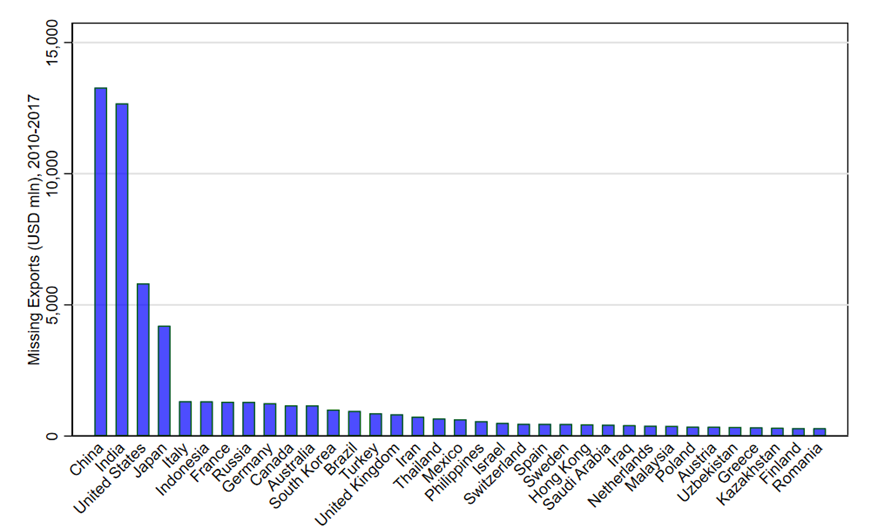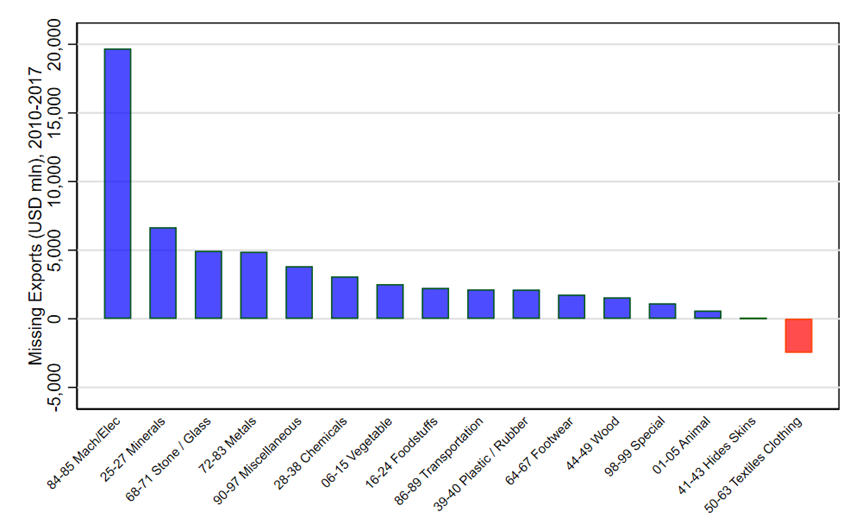World Bank (WB) Country Director to Pakistan, Najy Benhassine, announced the launch of WB’s Pakistan Development Update report.
He announced this through his Twitter and said, “[It] is our flagship report that discusses the latest macroeconomic developments and policy issues critical to Pakistan’s long-term economic development.”
The Pakistan Development Update is our flagship report that discusses the latest macroeconomic developments & policy issues critical to #Pakistan’s long-term economic development. Register now to join the #PDU2021 launch on Tuesday, April 6: https://t.co/yRSUrr97Ke #PDU2021 pic.twitter.com/suBODG4eXo
— Najy Benhassine (@WBPakistanCD) April 5, 2021
The report was launched on Tuesday, April 6 (today).
Trade and macroeconomist policy-researcher, Gonzalo Varela, wrote on his Twitter profile that Pakistan’s resilient recovery depends on its private sector leveraging its export potential. To answer the question if there is any potential, he consulted the WB report.
He broke down the primary contents of the report through his Twitter profile. Here is what he had to say commenting on the contents of the report:
#Pakistan's resilient recovery depends on its #private sector leveraging its #export potential. But is there any potential? With @a_mulabdic we looked at this issue. Some highlights in this issue of #PDU2021, and in thread below! #trade #Pakistan #resilience #productivity 👉👉 https://t.co/HWFMzZu9ZE
— Gonzalo Varela (@gonwei) April 6, 2021
Pakistan’s export untapped potential is estimated at $61 billion (for merchandise only). This is almost three times the current exports. “Tapping it should not be seen as unrealistic,” he said.
Tapping into export potential will raise Pakistan’s export orientation from 9.4 to 30.6 percent of GDP. It will take ten years of solid export growth at Vietnam’s rate, or 15 years at Bangladesh’s rate, he wrote. However, he said that it is achievable.
Pakistan’s missing exports have a high opportunity cost in terms of jobs and terms of tax revenues foregone. Tapping into the potential is associated with more than 800,000 jobs in high productivity activities and an additional $1.7 billion in direct tax revenues.
Missing exports are mostly with familiar destinations. Pakistan had on average $13 billion of untapped export potential with neighboring China and $5.5 billion with the USA.
“Yet, existing promotion schemes do not favor high potential destinations. Instead, additional support focuses on distant, non-dynamic, and low potential destinations,” he said. Adding, “Better targeting of destination support will help.”
At the sector level, most sectors except for textile and apparel show substantial missing exports. Yet, Pakistan export promotion tends to disproportionately support incumbents rather than new export products, showing an anti diversification bias, Varela noted.
Varela also highlighted three ways for Pakistan’s private sector to tap into this export potential:
- Reduce import duties to reduce trade costs (the anti-export bias of tariffs). The opportunity cost of protecting firms from import competition is losing out on #export opportunities.
- Negotiate FTAs with high potential destinations (including Central Asian countries) and support firms in reaching out to Chinese markets.
- Focus export promotion schemes on growth and diversification objectives: increase the scope of eligibility, apply differential (higher) rates to new, more sophisticated products, he concluded.




























